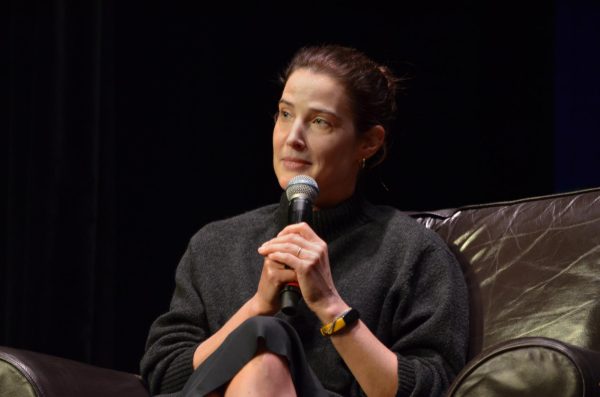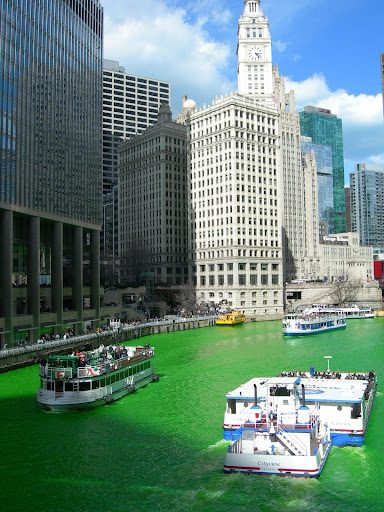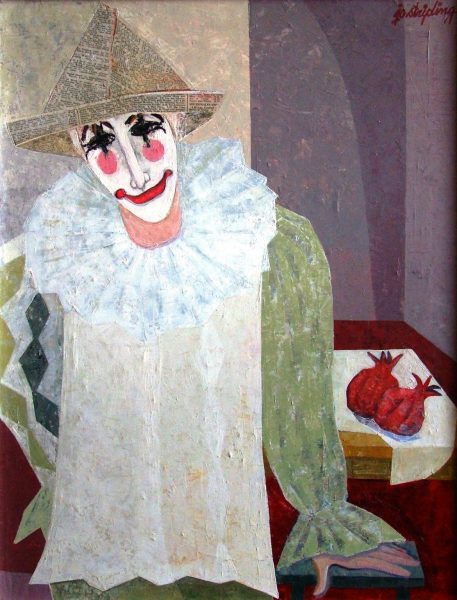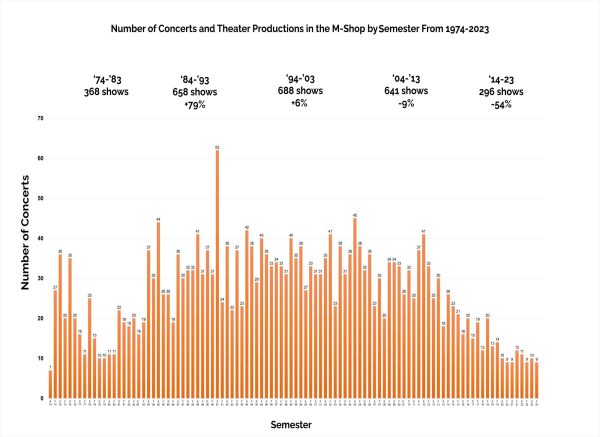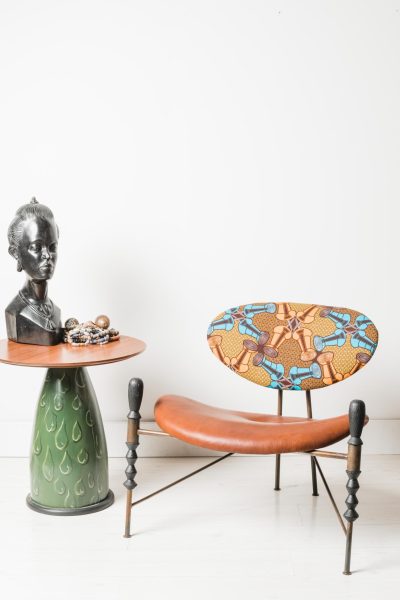The “vote” fashion trend
September 8, 2020
Fashion has always been political, but now more than ever, individuals are taking a stand with not only their words, but what they are wearing.
During the 2020 Democratic National Convention, Michelle Obama was not only noted for her speech to the audience, but also what she was wearing while speaking. Obama’s outfit was quite the standard choice, but with one noticeable difference. The necklace she had paired with the ensemble said “VOTE” in all capital letters. Immediately, the simple piece sparked talk on Twitter and many other social media outlets, once again proving fashion is in of itself a statement for more than just simply aesthetics.
The conversation surrounding fashion in politics has always been a mixed bag, many feel designers should stay out of the political sphere, while others feel fashion is exactly the place for sharing feelings, beliefs and opinions.
“I believe more often than not outfits politicians wear are planned out to cause some sort of reaction,” said Allison Martyr, a senior majoring in English. “This reaction does not always necessarily have to be a negative reaction, but it is supposed to cause an audience to be left with some sort of impression.”
Often, women’s fashion in politics is especially scrutinized, with many often feeling as though their clothing leans toward making statements about topics surrounding feminism, inequality or power.
“One person who has really shaken people is AOC,” said junior in apparel, merchandising and design, journalism and business Jackie Fraise. “She is never afraid to make a fashion statement when in D.C. She is almost always rocking a bright pant suit and red lip. When she is trying to get her point across, she has a very bold look.”
Whenever fashion does end up in political media, it will frequently be individuals trying to pick apart the subtleties — or sometimes not so subtleties — of any outfit and creating controversy. Examples of this include Barack Obama’s tan suit, Hillary Clinton’s white pantsuit and Melania Trump’s “I Don’t Really Care Do You?” jacket. With each and every one of these instances, hype was created in the media surrounding the individual’s intentions and often brought them more to the forefront of relevant mainstream publications.
“I think that often people do things like this to cause a scene,” said Hannah Iverson-Jones, a junior in apparel, merchandising and design. “They may not realize how viral or big the uproar will be, but considering their significance in society and how well known they are, they most likely know that their pieces could cause a debate or conversation.”
In today’s media, sometimes the best attention can be any attention at all, and politicians know this. To get elected in the United States today you need to have name recognition and often, getting yourself into the main headlines can offer that relevance.
As fashion has become a more popular tactic for headlines in American media, it seems often not everybody who uses this tool is treated equally in the eyes of the press. Many times women using fashion and beauty in politics are still seen as “frivolous” or “unimportant” as fashion is often looked upon as a more feminine interest.
However, it is important to note that not only is making these decisions about appearance, but it is often even more about prominence and sticking in one’s mind.
“Fashion was never meant to make somebody feel muted or like background noise,” Fraise said. “A woman in politics is allowed to make a political statement, whether or not that embodies others of the past.”
Fashion in politics is just another strategy individuals employ to create buzz around their name. After all, if you want to get elected, you have to “be a somebody” and creating controversial looks can be one way to send you from general elected official to the next big name in politics.







